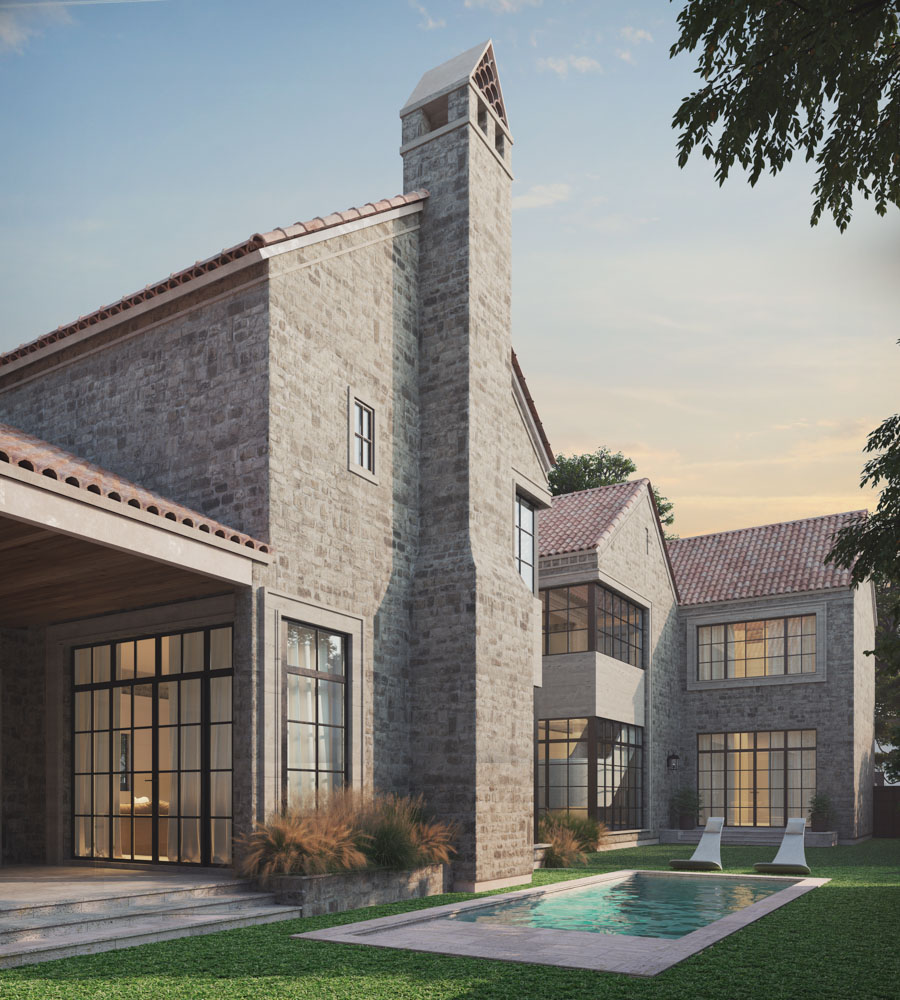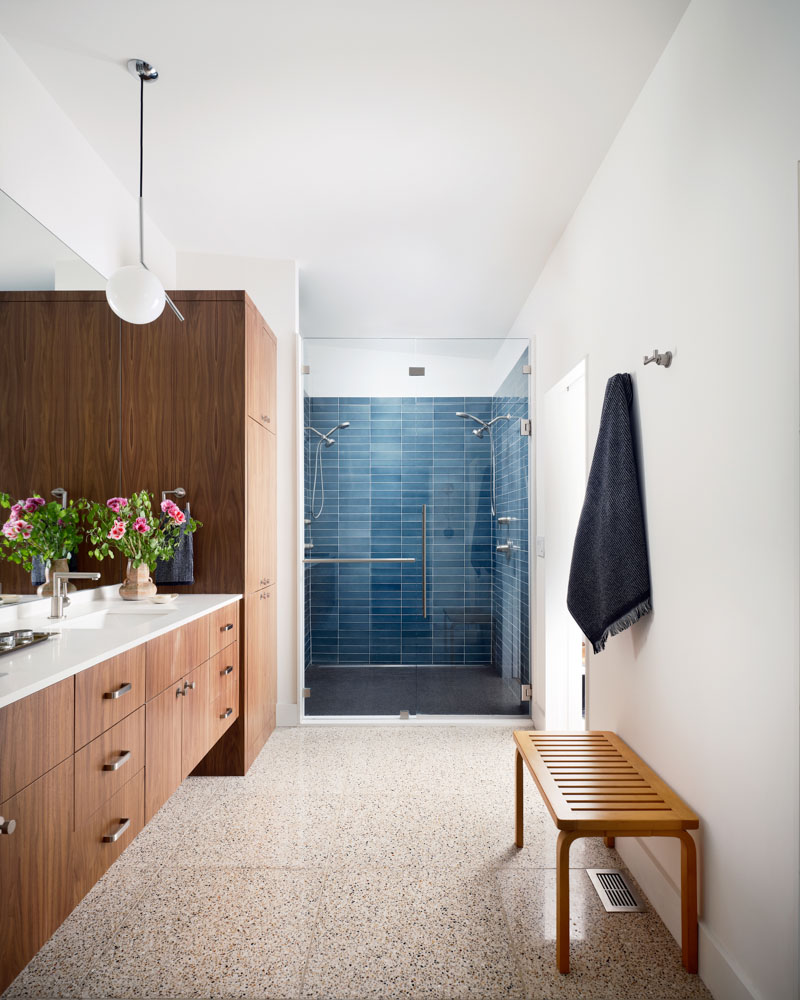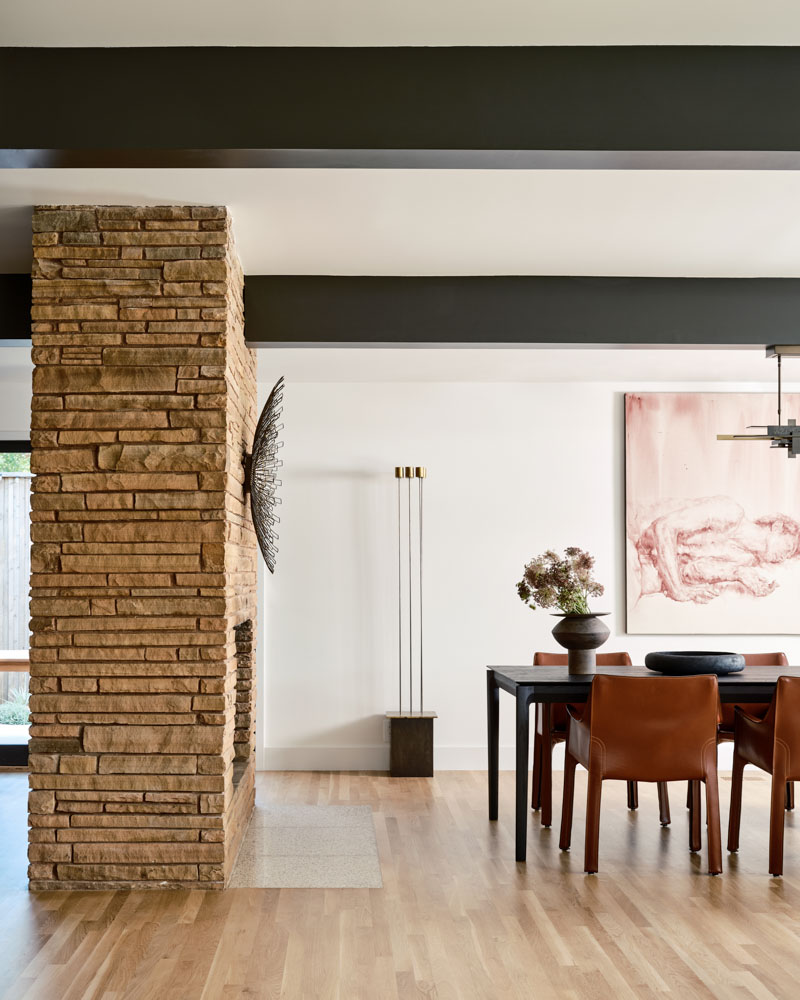Park Cities Architects
Your Local Park Cities Architects
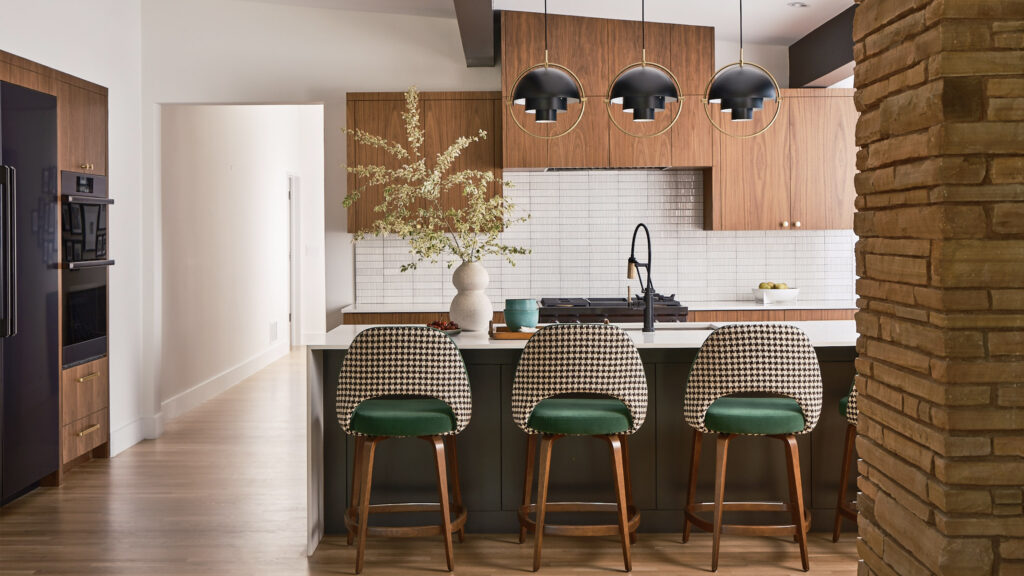
About Manolo Design Studio
We believe that designing and building a custom luxury home is an art that thrives on collaboration. Founded by Manolo, AIA, our studio brings together the best of architecture, design, and construction to create spaces that are not only beautiful but also functional and enduring.
Manolo, a registered architect with a Master’s degree in Architecture and Business Administration, founded the studio after more than a decade of experience in high-end residential design and general contracting. From the Park Cities to greater Dallas, he has honed his skills in delivering exceptional homes tailored to the unique needs of each client.
Every project begins with a deep understanding of your vision. As founder and principal, Manolo is personally involved from the first sketch to the final build, ensuring that every detail is thoughtfully crafted. He believes that design is a seamless blend of intention and action, and it is this philosophy that guides the studio’s approach.
What sets Manolo Design Studio apart is our ability to navigate the challenges that inevitably arise in the complex process of building a custom home. With over 10 years of experience as a general contractor, Manolo is uniquely positioned to address problems before they become setbacks. His expertise in both design and construction allows us to offer practical, creative solutions that keep projects on track, on time, and within budget.
But it’s not just about technical expertise. We take pride in creating a collaborative environment where clients feel heard, understood, and supported throughout the process. We’re not just building homes; we’re building lasting relationships. From the initial consultation to the final walk-through, we’re there to guide our clients every step of the way, ensuring the process is as enjoyable and rewarding as the finished product.
Our design philosophy is grounded in five core principles: Context, Standards, Balance, Discipline, and Mastery. These principles shape every aspect of our work, ensuring that each home we design is a reflection of its surroundings, an example of functional beauty, and a true expression of our clients’ aspirations.
We understand that building your dream home is a personal journey, and we’re here to make that journey as smooth and successful as possible. With a focus on exceptional design, quality construction, and an unwavering commitment to client satisfaction, we create spaces that you’ll love for years to come.
Let’s design the home you’ve always envisioned.
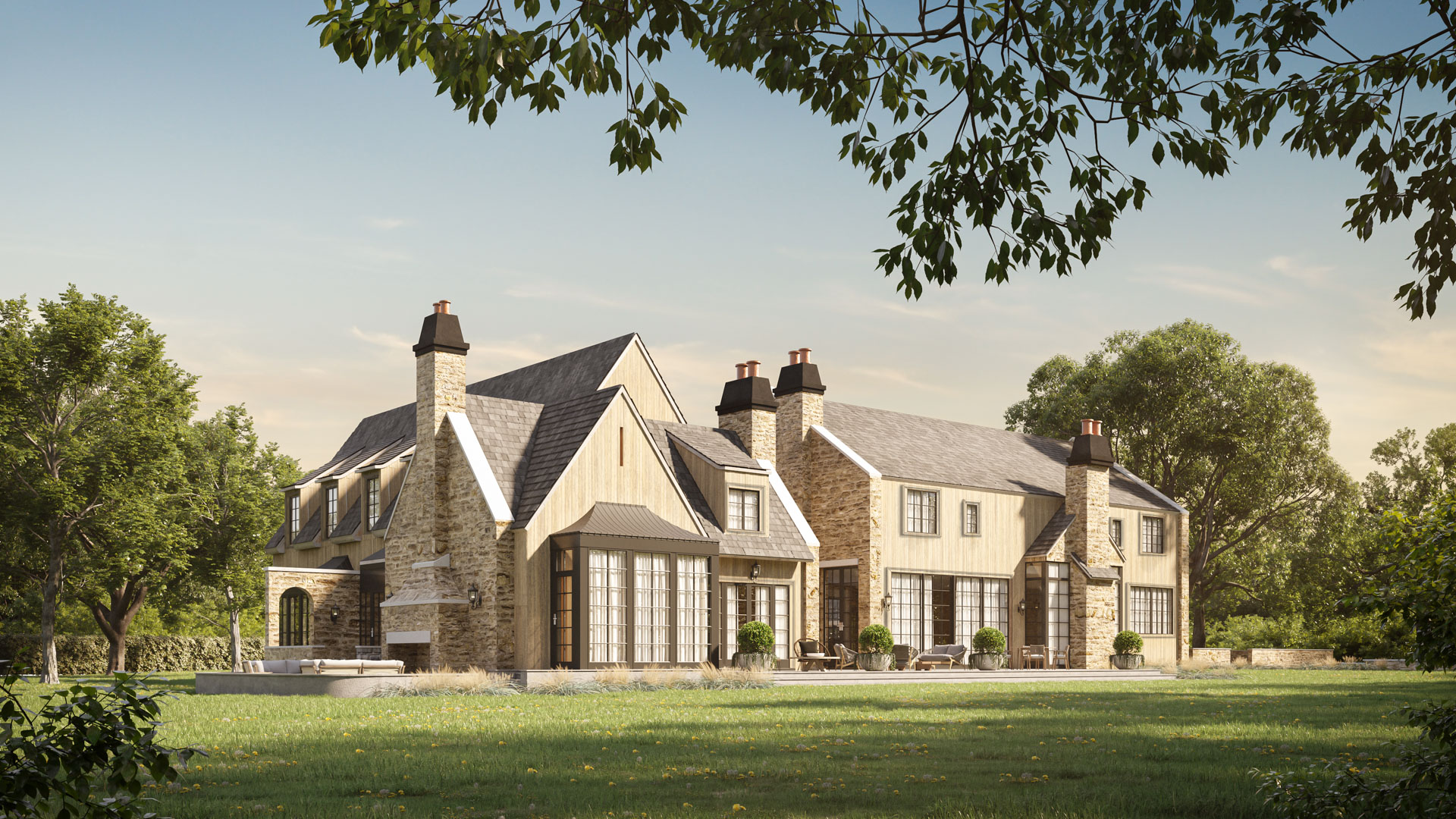
Highland Park Texas
An architect working in Highland Park must understand the expectations of a historic and highly refined neighbourhood. Homes here rely on balanced massing, careful window placement, and materials that age well. The design should feel confident on the street while maintaining calm, well proportioned interiors. Every decision must respect the surrounding context.
Highland Park projects also depend on clear documentation. Builders in the area work to high standards, and precise drawings help maintain consistency in detailing and structure. When the design is coordinated early, the home feels settled and carries the level of quality expected in Highland Park.
University Park Texas
University Park has an established architectural rhythm, with homes that rely on proportion and clarity rather than dramatic gestures. Architects study lot size, surrounding rooflines, and tree placement before shaping the plan. The design must feel familiar to the neighbourhood while still supporting modern living patterns and improved natural light.
Attention to detail is essential in University Park. Structural coordination, mechanical routing, and exterior detailing are documented in advance so construction proceeds without confusion. A steady process allows the finished home to feel refined and consistent with the character of the community.
Greenway Parks Texas
Greenway Parks is known for generous greenbelts and homes that feel closely connected to landscape. An architect designing here focuses on proportion, privacy, and controlled views. The architecture should feel quiet and respectful of the surrounding open spaces. Room layouts often respond directly to the natural light and greenery that define the neighbourhood.
Because homes in Greenway Parks sit within a carefully planned environment, coordination between architecture and landscape is especially important. Outdoor rooms, plantings, and window placement must work together. When these elements are aligned, the home feels rooted in the character of the neighbourhood and comfortable throughout the year.
Park Cities Architects
Contact Manolo Design Studio
If you’re ready to bring your vision to life, we’d love to hear from you.
Whether you’re in the early stages of planning or ready to start designing your custom home, Manolo Design Studio is here to guide you through every step of the process.
Reach out today to schedule a consultation, and let’s explore how we can create a space that is as unique and inspiring as you are. Your dream home starts with a conversation—let’s begin.
FAQs
What makes architectural work in the Park Cities distinct?
The Park Cities expect a high level of design discipline. Streets are established, lots are well defined, and the standard of construction is consistently high. Architects study proportion, privacy, and long term durability so homes feel settled within Highland Park and University Park.
How do architects approach design in established neighbourhoods like Highland Park?
Highland Park has a clear architectural character built over many decades. Architects focus on scale, materials, and a calm presence on the street. The design must feel confident without overwhelming its surroundings. A measured approach creates a home that suits both the client and the neighbourhood.
Are there specific design expectations in University Park?
University Park values homes that feel refined and well proportioned. The planning process benefits from clear drawings and careful attention to setbacks, massing, and window placement. A thoughtful design balances tradition and modern comfort without disrupting the rhythm of the street.
What role does context play in Park Cities Dallas?
Context shapes almost every decision. Lots sit close together, and many homes are part of a consistent architectural pattern. Architects study neighbouring forms, rooflines, and landscape features. The goal is a design that feels rooted in the area while still expressing the client’s preferences.
How do architects handle privacy in areas like Greenway Parks?
Greenway Parks has generous green space, and many homes look onto open views. Architects use screened courtyards, tree placement, and selective openings to manage privacy. The idea is to create a quiet interior environment without blocking the natural connection to the landscape.
What should homeowners expect during the design process in the Park Cities?
The process begins with a clear review of your goals and the character of the neighbourhood. Concept studies, detailed drawings, and engineering coordination follow. Park Cities projects benefit from early clarity, strong documentation, and consistent communication with builders familiar with this market.
How do architects design homes that feel current while still fitting Park Cities traditions?
They maintain the discipline of traditional massing and proportion while shaping layouts that suit contemporary living. This includes improved natural light, balanced room sizes, and better indoor and outdoor connections. The home feels refined yet practical for daily use.
Do architects working in the Park Cities also handle projects in Preston Hollow and North Dallas?
Yes. Many studios work across these areas because the expectations around quality and discipline are similar. While the lot sizes and architectural character vary, the focus remains on proportion, clarity, and strong documentation.
What makes a successful architectural project in the Park Cities?
Success comes from a design that feels composed, thoughtful, and built with care. The architect must guide the process with precision, support the contractor with complete drawings, and maintain consistency in every detail. A well designed Park Cities home should feel quiet, confident, and enduring.
Park Cities Architects
The Architects Who Shaped a Neighborhood Built to Last
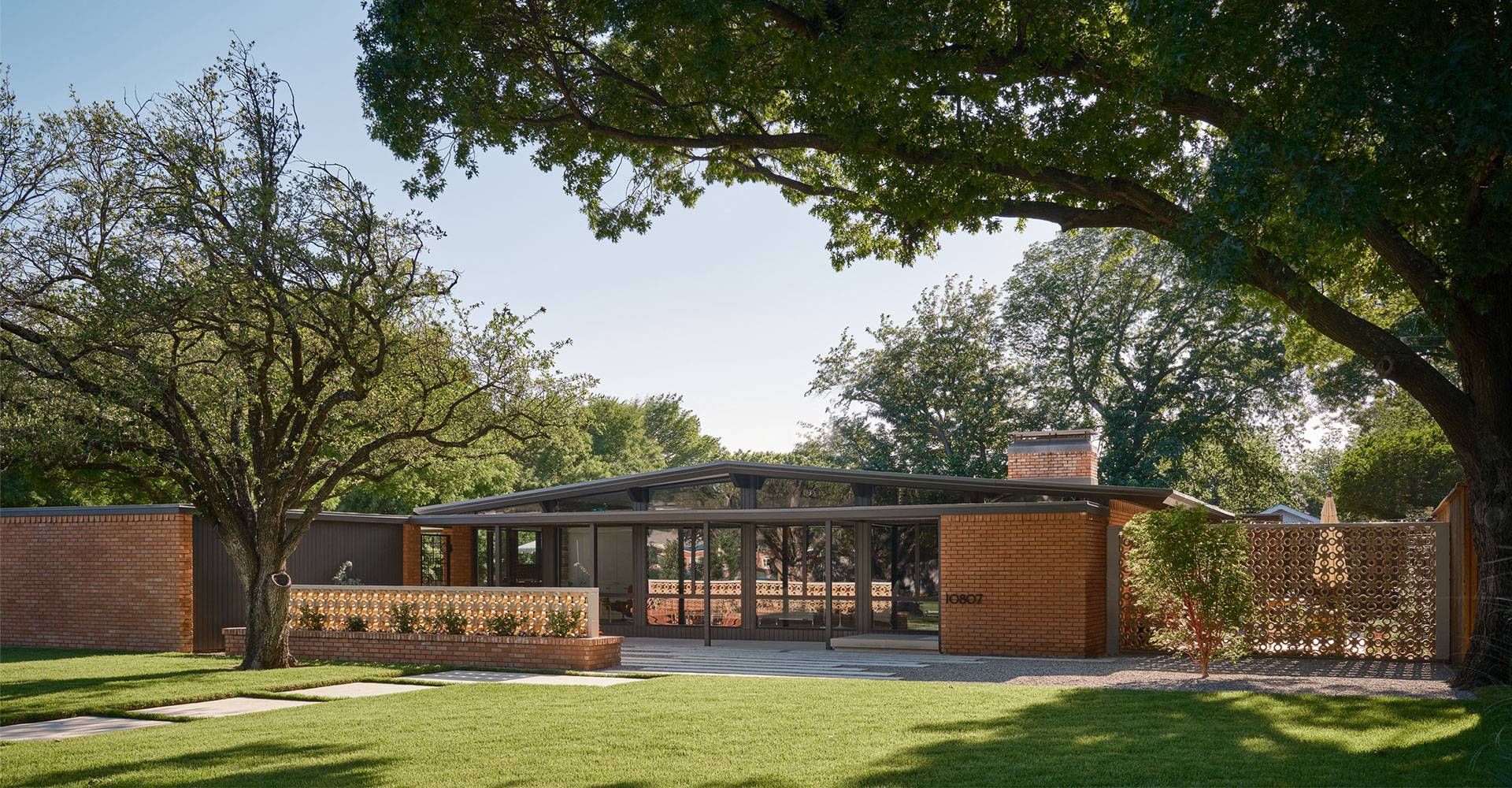
In the heart of Dallas, where beautiful tree-lined streets and incredible homes reside, sits the Park Cities. Think of it as a place where everyone cares passionately about good design and history. These aren’t homes that were erected to flaunt money or keep up with the Joneses. These homes are part of a bigger story that has been designed by some of the most fantastic architects that the state of Texas has seen.
In contrast to much of the area that grew organically without much forethought, the Park Cities had a plan from the very beginning. Way back in the 1900s, it drew architects who were skilled at combining dramatic design with livability and classic design with new concepts. This explains the sense of being well-planned without being dull or ostentatious.
You’ll notice such styles as Tudor Revival, Colonial Revival, Mediterranean, and Neoclassical throughout Park Cities. Each of these architectural styles brings a certain character to the area that celebrates an era when quality craftsmanship and proportion were valued over speedy fashion.
Hal Thomson’s Lasting Legacy
Hal Thomson was an important influence on the Park Cities’ aesthetic. He was an architect from the city of Dallas who paid incredible attention to detail. In the ’20s and ’30s, his designs were the standard by which elegant home design should be measured. He always had a thing for designs that came from European mansions, and that’s what gives his homes that classic look that’s the most coveted in Dallas.
His designs were renowned for being impressive on the front side of the house and having intricate brick details and interiors that were both elegant and quite comfortable. He had an ability to make European designs feel perfectly at home in Texas. His homes still stand tall in Highland Park, living proof of his timeless approach to architecture.
Charles Dilbeck’s Storybook Style
While Thomson’s designs were grand and formal, Charles Dilbeck brought something entirely different to the Park Cities. His homes looked like they came straight out of a storybook—full of charm and relaxed elegance. Dilbeck’s designs often featured steeply pitched roofs, hand-hewn beams, and asymmetrical layouts that felt warm, inviting, and full of character.
Dilbeck had a way of making even large homes feel intimate. His mix of rustic style and sophisticated detailing became a signature, and you’ll find many of his homes throughout University Park. They’re loved for a reason—they remind us of a time when character and craftsmanship went hand in hand.
O’Neil Ford and Modernism That Belongs
Even though the Park Cities are known for traditional architectural styles, modern design found its place too—thanks to O’Neil Ford. He was one of Texas’s most respected architects and believed that modern architecture could still feel rooted in its surroundings.
Ford didn’t reject tradition—he refined it. His homes often featured clean lines, natural materials, and smart use of light and air. His designs show that you don’t have to choose between modern and timeless—you can have both. In a community that values its architectural past, Ford proved that thoughtful modernism has a rightful place.
What Makes the Park Cities Special
The Park Cities aren’t just known for beautiful homes—they’re known for thoughtful design. The architects who shaped this neighborhood understood that great home design isn’t about following one trend. It’s about creating a lasting environment that feels right—yesterday, today, and tomorrow.
As new homes are built and historic ones are updated, the Park Cities continue to be a place where architecture matters. Homeowners and architects here know that designing in this community means contributing to a legacy.
We look to the past as we design for the future. Our work in the Park Cities is guided by the same values that shaped the neighborhood over a century ago: craftsmanship, high-quality materials, and intentional design. In a place where homes are meant to last, architecture isn’t just about how a house looks—it’s about how it lives over time.
Park Cities Architects
How Park Cities Became the Architectural Benchmark for Dallas
Some neighborhoods become known as the heart of a city, but others truly define an entire age. The Park Cities, which include Highland Park and University Park, are special because their homes aren’t just buildings—they’re a statement.
In this community, the homes that were erected long ago or just very recently are those that last. The homes here are not those that change styles from time to time. In Park Cities, it’s a land of standards where the aspect of good workmanship and design of such homes matters.
How It All Began
So, how did this come about? Why does Park Cities stand out as a model for great building design, even as Dallas continually updates its skyline?
It all began with John S. Armstrong, a cotton man with a vision. In the early 1900’s, Armstrong realized that there was an opportunity to build a community that could be away from the growing industrial atmosphere of Dallas not only geographically but also socially.
Armstrong teamed with George E. Kessler, an urban planner from Germany who had already planned Fair Park and the overall layout of the city of Dallas. Together, they had a vision of a new kind of place: wide streets, plenty of green space, and architectural designs that were much more like Europe than the rest of the Western United States.
Planning With Purpose
Right from the outset, Highland Park and University Park had rules on constructing buildings and street layout that were almost unprecedented in Texas. The result of this was that it allowed the area to develop in a controlled fashion that aimed to withstand the tests of time, be beautiful, and have a consistent design.
The reason Highland Park and University Park feel different from the rest of Dallas is that they were created differently. While Dallas grew with quick building projects, Park Cities was shaped by chosen designers. They knew homes should not only be useful then but also remain beautiful for years.
A Showcase of Classic Architecture
Park Cities became a showcase of classic architectural concepts. The initial homes borrowed from Beaux-Arts, Georgian, Colonial Revival, and Neoclassical architectural traditions. Such architectural traditions were more than aesthetically driven. They were concerned with notions of balance, scale, and the concept of permanence.
They used materials that exemplified these principles. They liked brick better than other materials, preferring limestone and slate. The work they accomplished included carvings by artisans, intricate metal work, and wood details that were high quality. The underlying principle remained constant as new methods of construction were adopted: homes in Park Cities should be made with care.
Architectural Influence
The Mediterranean Revival house designs were quite fashionable in Park Cities during the 1920s and 1930s. The homes had stucco walls, red tile roofs, and iron balconades. These homes added a touch of warmth and a sense of Mediterranean elegance to the tree-lined streets. They were modeled on Spanish and Italian coastal homes.
Architects such as Hal Thomson had a great influence on such an architectural style, and his work in Highland Park is admired to date. Thomson’s high-quality work with attention to detail and his success in combining grandeur with added personal details stands as that of the Park Cities designs to this day.
Why It Stands Apart
While Dallas has many fancy neighborhoods, such as Preston Hollow, Bluffview, and Greenway Parks, Park Cities is special. It’s not just about money; it’s about having real, respected building designs.
One of the factors that has allowed Park Cities’ architectural unity to remain the same is that it has zoning rules and design regulations. In most of the area of Dallas, teardowns of old homes have been followed by new homes that often clash in design.
How homes must be set back from the road ensures that homes look similar. Restrictions on the area that may be covered ensure that not much building takes place. This keeps the area feeling spacious. Restrictions on heights prevent towering buildings from spoiling the look of the streets.
As a result of these regulations, Park Cities has managed to avoid the problem that has affected some exclusive neighborhoods of having houses that are too large and thus tend to stick out.
Balancing Past and Present
Another reason Park Cities has remained a top example of good design is its consistency. Unlike areas where modern, new buildings have disrupted the feel, Park Cities has valued its history while still moving into the future.
This does not mean that the area has ignored modern architecture. In fact, it has embraced new architectural ideology. Modern houses that were constructed recently still observe the principles of having size, quality material, and material. Although it has simpler designs due to modernization, the best modern houses found in Park Cities do not encounter conflict with the previously existing architectural designs. In fact, it seems like an organic transition.
A Tradition of Excellence
Park Cities has always been an attraction for skilled builders in the area of Dallas. From the early design artists such as C.D. Hill and Korn to the current companies that design custom luxurious homes, there’s been an emphasis on excellence.
Homeowners in the Park Cities look not only for contractors. They look for experts who understand classic designs. The area that includes both Highland Park and University Park contains skilled contractors. The homes need more than blueprints. They need a vision.
Built to Endure
Park Cities is not frozen in the past. Like good neighborhoods always do, it keeps undergoing various changes. The question here is not whether it changes but how it changes.
That won’t change is that it cares about quality. Styles may come and go, but Park Cities will always appreciate quality materials that develop character as it ages, balance within design, and homes that look as permanent as the trees that surround them.
Where modern-day fans may want to explore something new elsewhere, in Park Cities there’ll always be more to constructing than the latest trend. More than that. In Park Cities, it’ll be constructing homes that last. Structures that come with a story. And an area that preserves its standing as the model of excellence in architectural design for the city of Dallas.
Park Cities has accomplished something that very few neighborhoods in America have been able to: it has maintained a consistent and well-ordered architectural design. Wherever else one may travel in America, architectural designs seem to change from year to year. In a sense, it’s an uncompromising kind of neighborhood. This area offers the kind of design that skilled designers strive for. In this area, every single house that may have been constructed either in 1920 or 2020 should blend in and last for a long time.
